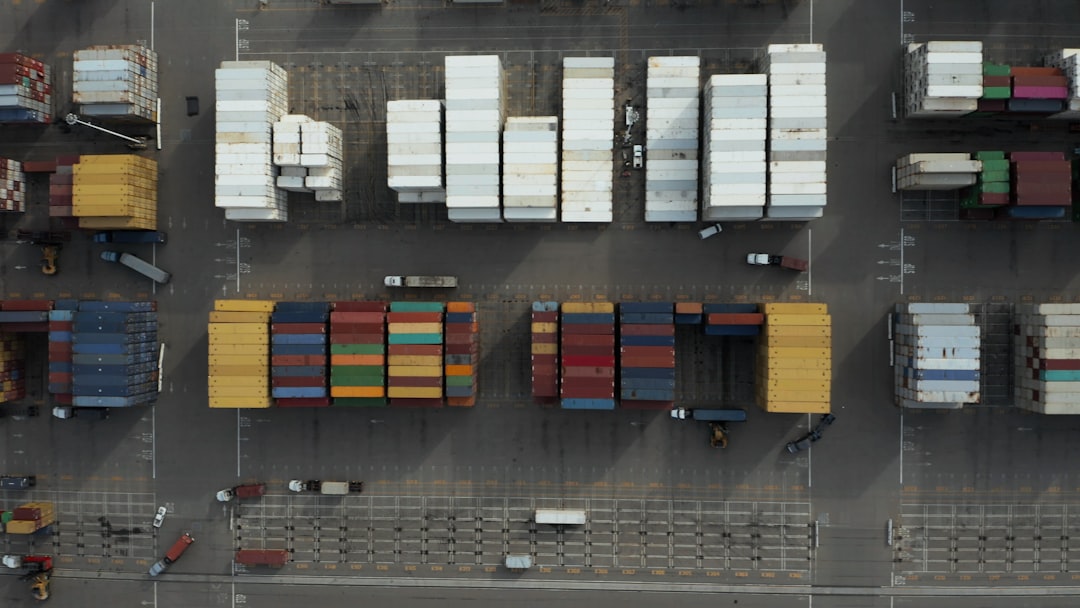Shipping goods internationally can seem daunting, a complex maze of regulations, logistics, and potential pitfalls. However, with careful planning and the right knowledge, you can navigate this process smoothly and efficiently. This comprehensive guide will walk you through every step, ensuring your overseas shipment arrives safely and on time.
1. Choosing the Right Shipping Method: Finding the Perfect Fit for Your Goods
Selecting the appropriate shipping method is paramount. Your choice will depend on several factors, including the type of goods, their value, urgency, and destination. Here’s a breakdown of common options:
- Sea Freight (Ocean Freight): Ideal for large, heavy, and less time-sensitive shipments. It’s generally the most cost-effective option, but transit times are longer.
- Air Freight: Best suited for smaller, high-value, or time-sensitive goods. Faster than sea freight but significantly more expensive.
- Courier Services (Express Shipping): Excellent for smaller packages requiring fast delivery. Offers tracking and door-to-door service, but can be costly.
- Rail Freight: A growing option, particularly for shipments between countries connected by extensive rail networks. Offers a balance between speed and cost.
Consider factors like insurance options, tracking capabilities, and the carrier’s reputation when making your decision. Requesting quotes from multiple carriers is highly recommended to compare prices and services.
2. Mastering the Art of Packaging: Protecting Your Goods During Transit
Proper packaging is crucial to prevent damage during transit. The packaging must be robust enough to withstand the rigors of handling and transportation. Key considerations include:
- Material Selection: Choose sturdy boxes, crates, or pallets appropriate for the goods’ weight and fragility. Use cushioning materials like bubble wrap, foam peanuts, or air pillows to protect against shocks and vibrations.
- Proper Sealing: Securely seal all packages with strong tape, ensuring they can withstand rough handling. Reinforce corners and edges for added protection.
- Clear Labeling: Clearly label packages with the recipient’s address, your address, and any special handling instructions (e.g., “Fragile,” “Handle with Care”). Use both English and the destination country’s language if necessary.
- Weight and Dimensions: Accurately weigh and measure your packages. This information is essential for calculating shipping costs and ensuring compliance with carrier regulations.
Invest in quality packaging materials; it’s a small price to pay to avoid costly damage claims.
3. Navigating Customs and Regulations: Ensuring Smooth Border Crossing
International shipping involves navigating complex customs regulations. Failure to comply can lead to delays, fines, or even the seizure of your goods. Key steps include:
- Import/Export Licenses: Determine if any licenses or permits are required for your goods in both the exporting and importing countries.
- Harmonized System (HS) Codes: Accurately classify your goods using the HS Code system. This is crucial for customs declarations and determining tariffs.
- Commercial Invoice: Prepare a detailed commercial invoice including product descriptions, quantity, value, and payment terms.
- Packing List: Provide a packing list detailing the contents of each package, including weight and dimensions.
- Certificate of Origin: This document verifies the origin of your goods, which may be required by customs authorities.
Engaging a customs broker can significantly simplify this process, especially for complex shipments.
4. Securing Your Shipment: Insurance and Risk Management
Protecting your shipment against loss or damage is vital. Consider these risk mitigation strategies:
- Cargo Insurance: Purchase cargo insurance to cover potential losses or damages during transit. Several types of insurance are available, each offering different levels of coverage.
- Tracking Your Shipment: Utilize tracking services to monitor your shipment’s progress and identify any potential delays or problems.
- Choosing a Reputable Carrier: Select a carrier with a strong reputation for reliability and efficient service.
- Document Retention: Maintain copies of all shipping documents, including invoices, packing lists, and insurance certificates, for your records.
Proactive risk management can save you significant time, money, and frustration.
5. Budgeting and Cost Optimization: Managing Your Shipping Expenses
Overseas shipping can be expensive. Effective budgeting and cost optimization strategies are essential:
- Compare Carrier Quotes: Obtain quotes from multiple carriers to compare prices and services.
- Negotiate Rates: Don’t hesitate to negotiate rates with carriers, especially for larger or recurring shipments.
- Optimize Packaging: Efficient packaging minimizes shipping weight and dimensions, leading to lower costs.
- Consolidate Shipments: Combine multiple shipments into one to reduce per-unit shipping costs.
- Consider Incoterms: Understand Incoterms (International Commercial Terms) to clarify responsibilities and costs between buyer and seller.
Careful planning and smart choices can significantly reduce your overall shipping expenses.
By following these steps, you can significantly improve the efficiency and success of your overseas shipping endeavors. Remember that thorough planning and attention to detail are key to a smooth and cost-effective international shipping experience.
Tags: overseas shipping, international shipping, shipping planning, export shipping, import shipping




